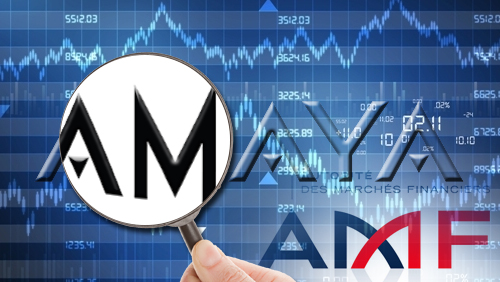It happens whenever there’s a big market event and securities authorities get bored and want to feel relevant. So they go after high profile people just so they can get their names in the papers as “Administrators of Justice”. Martha Stewart went through it with the SEC, Mark Cuban thankfully escaped it, and now Amaya’s executive inner circle is trying to fend it off as well from the AMF. Insider trading, who knew what when, who traded what in response and why, and how much money did everyone make who might have, Heaven Forefend, known something?
We’ll get into where Amaya is now both regarding this investigation as well as financially and the risks ahead, but first a look at insider trading itself and its supposedly “unfair” and “criminal” nature.
Insider trading laws are like antitrust laws. They’re based on nothing objective, with very loose definitions, and swing based on hunches and the personal feelings of judges and other government officials. How can anyone determine what is insider information and what isn’t? Knowledge is never uniform. Famed investor Jim Rogers, for example, was known and is still known for physically going to places and markets he is interested to invest in, talking to the relevant people, getting a feel for what’s going on. Certainly a lot more than investors do, which is mostly look at computers (like me).
If Jim Rogers has a conversation with a CEO or some big guy in an industry or a government official somewhere who knows something about an imminent war that will rile markets, he has information that I don’t have. And he can act on it. And if he does, other people tend to follow. Is that insider trading or just hard work? Who knows?
